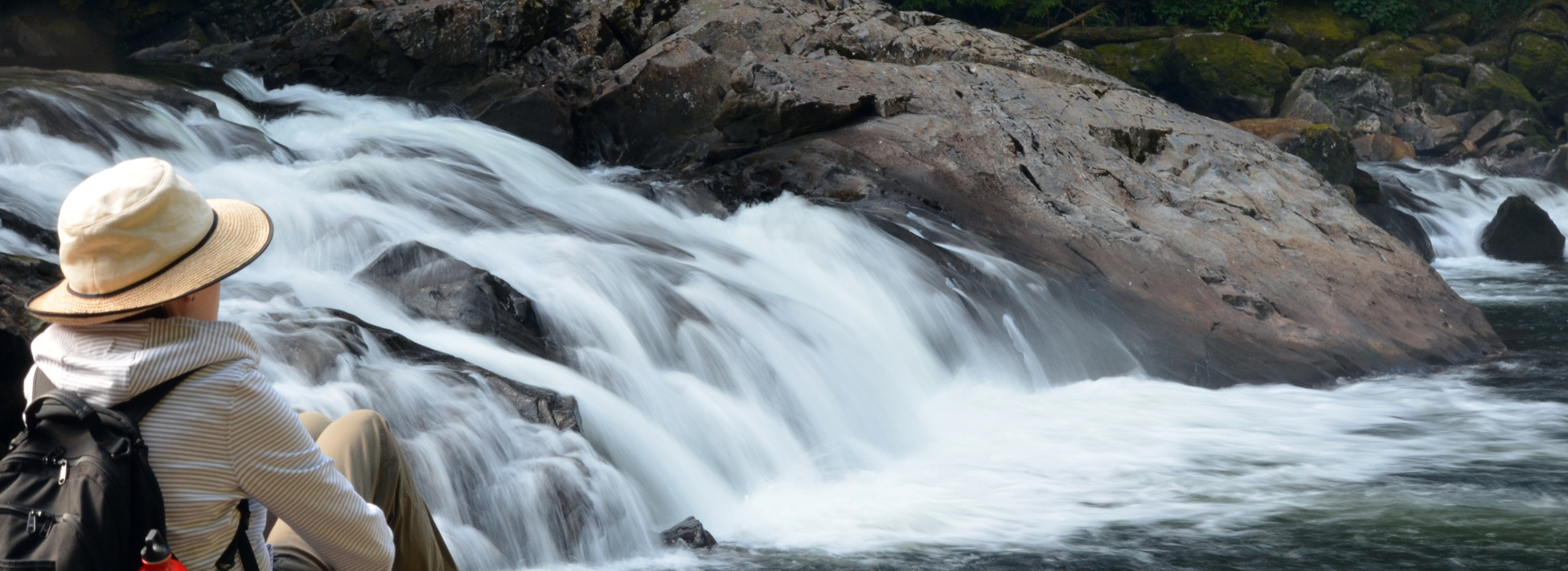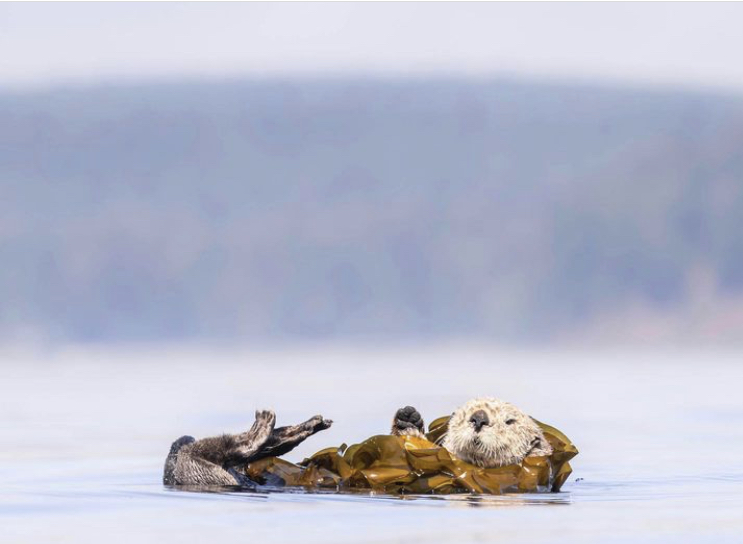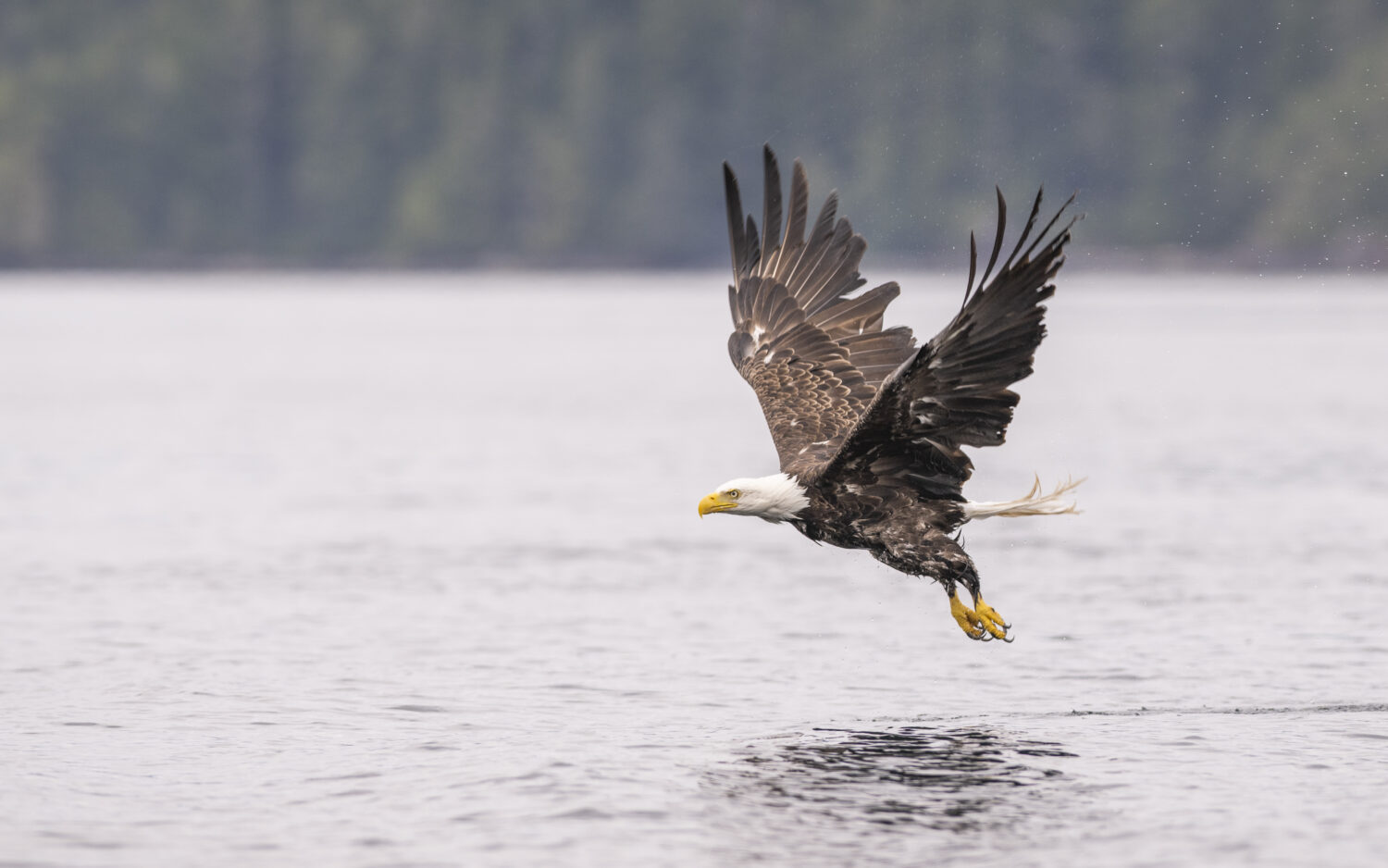In our area we have two types of Orca. We have the residents and the Biggs (aka transient). Although quite similar in size and appearance their behaviour is quite different. The resident Orca show up in the summer and usually remain in the area until the fall. The Residents feed exclusively on fish, and enter the area to feed on salmon. Their primary food source is the chinook salmon, which is the largest of the 5 species. To a lesser extend they also feed on other types of salmon, lingcod, squid and various other species of fish. They will never feed on marine mammals and despite their name tend to leave the area during the winter months. They are very social and often vocalise. On the other hand the Biggs can be spotted year-round. They feed on marine mammals with harbour seals (like the ones in the picture) being their main food source, although propose, dolphins, sea lions and otters are also commonly on the menu. These animals are much “stealthier”, traveling quickly and vocalising much less. This is because they are on the hunt for mammals which can detect their calls. The Biggs below circled this particular rock several times, but in this case were unsuccessful in catching a seal off guard.
The Biggs Orca were named after Dr. Micheal Bigg who pioneered Orca research in the area. He realised that individual whales can be identified by their dorsal fin and saddle patch. This led to the creation of a thorough catalogue of animals and their family structures, which are organised by clans, pods and matrilines.















